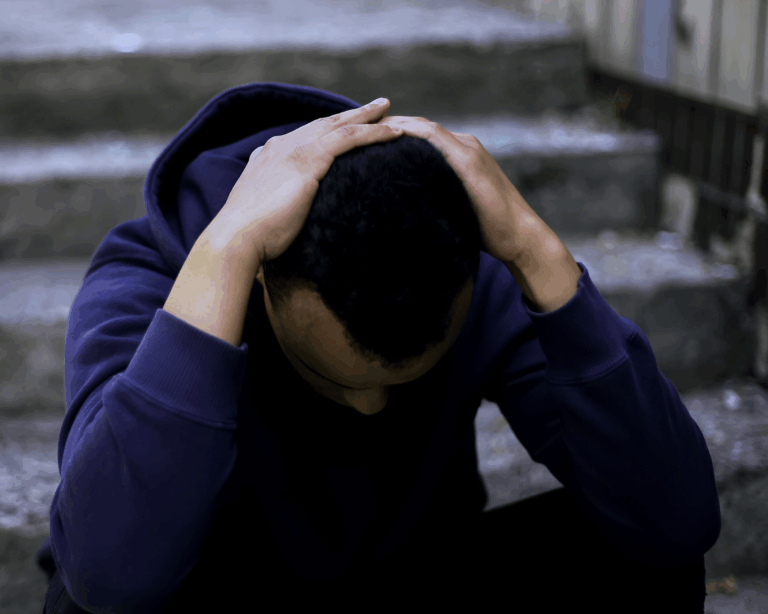Where Housing Meets Healing
Suicide risk rises when housing is lost, especially alongside mental illness, substance use, or recent self-harm.

Read Time: 3 minutes
Published:
For people experiencing homelessness, a safe bed and steady support can be the thin line between crisis and recovery.
Many who lack stable housing face elevated risks of self-harm and suicide. Self-harm, or intentional injury to oneself, such as cutting or poisoning, signals acute distress and increased danger of suicide. Even in countries with universal coverage and broad social support, the risk of self-harm and suicide remains high for people with a history of homelessness. This context helps frame the United States, where coverage gaps, lower wage floors, wider income inequality, and high childcare costs leave many people with fewer economic safeguards.
Sandra Nillson and her team used Denmark’s Civil Registration System and other linked national registries to follow more than 5.1 million Danish residents aged 15-76 from 1999 to 2020. This included more than 56,000 people who had stayed in a homeless shelter. With each person’s ID number connecting to shelter, hospital, and death records, the study tracked shelter stays, hospital-recorded self-harm defined with ICD-10 codes for intentional self-harm, and suicide deaths.
Within ten years of first entering a shelter, about 518 of the 39,843 men and about 151 of the 16,820 women had died by suicide. About 3,666 men and 1,665 women had a hospital-recorded episode of self-harm. In total, roughly 669 suicide deaths and 5,331 self-harm events occurred within a decade. The Danish team also tested whether documented self-harm during homelessness signaled higher suicide risk. They linked shelter records with hospital self-harm diagnoses, then followed people for suicide deaths.

In Denmark, people who had experienced homelessness were about seven times more likely to die by suicide if they were men and nearly fifteen times more likely if they were women, compared with the general population. Self-harm is also common and often precedes suicide. Available hospital data point to a peak in the first year after homelessness begins, as shown in the graph above. Co-occurring mental illness and substance use further raise both risks, with schizophrenia and substance use disorders linked to the highest rates.
Taken together, these findings carry a clear message for the United States. Suicide risk rises when housing is lost, especially alongside mental illness, substance use, or recent self-harm. National tracking remains limited, though, because the United States lacks a single registry like Denmark.
The study authors point to paired solutions that connect housing with mental health and substance use care, and they emphasize continuity of services after placement. They also point to material supports that reduce strain, including broader health insurance coverage, stronger wage floors, narrower income gaps, and more affordable childcare.
When housing and mental health support arrive together, that thin line can shift toward stability and away from crisis.



